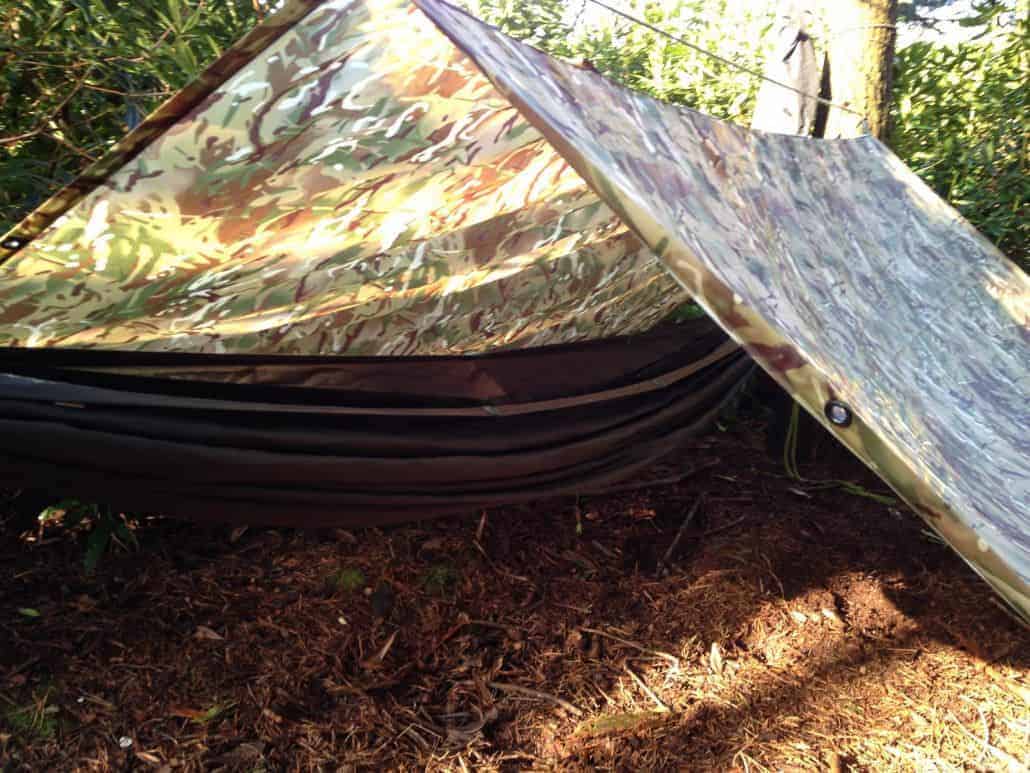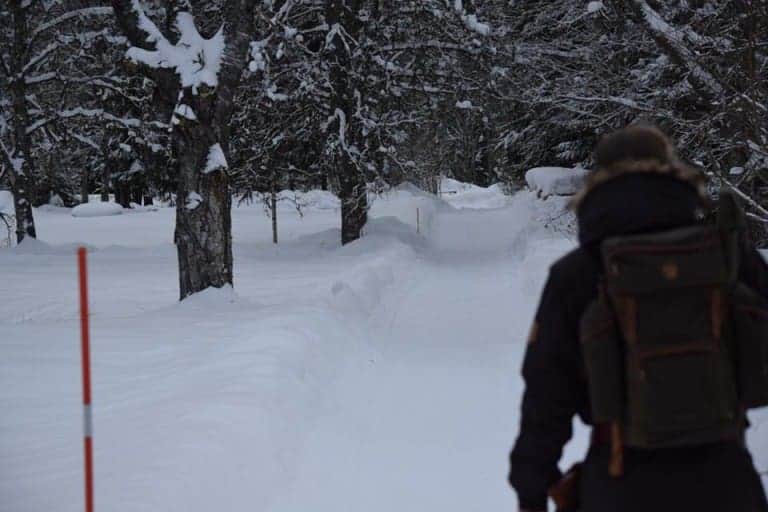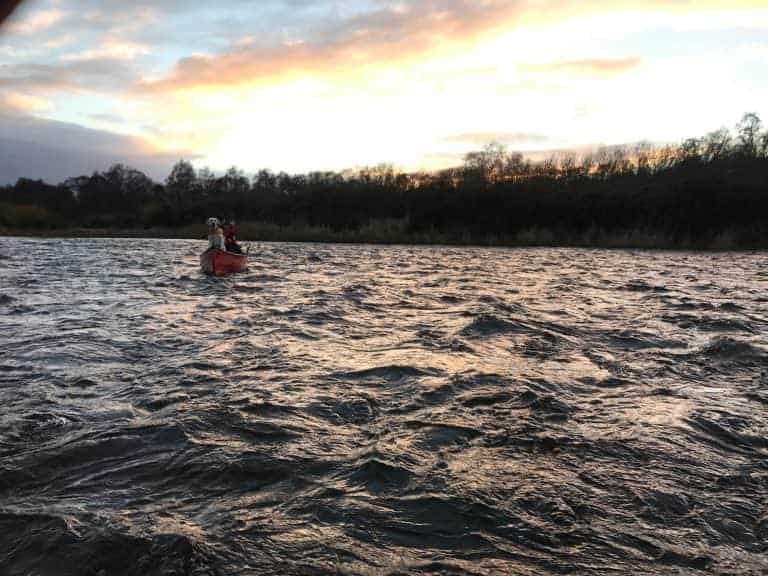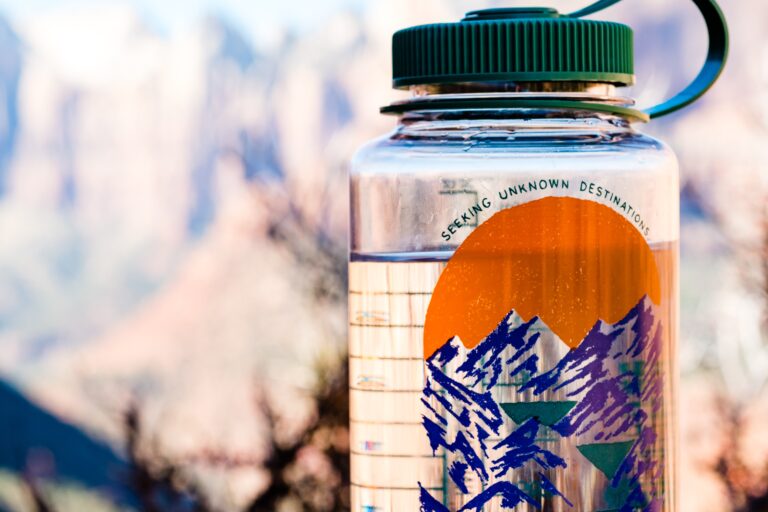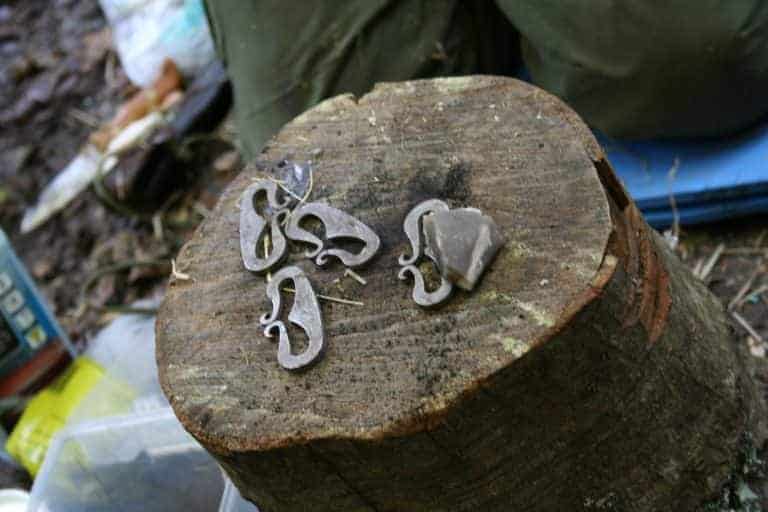Make Your Sleeping Kit Work for You
Maximising the effectiveness of your sleeping kit means getting the most warmth out of the lightest set-up. This enables you to sleep out in nature in all seasons and carry less weight, in terms of backpacking this means that you can cover more miles. Maximising your sleeping kit does not, though, mean that you need to spend a fortune on a lightweight sleeping kit. While lightweight backpacking kit is, typically, more expensive by understanding how your current setup works you can get the most warmth out of it without spending any extra money.
As always, please feel free to read the whole blog or skip to the section that interests you the most. We will cover the kit that we mention towards the end of our blog but it is not a definitive list, if you’re looking to buy new pieces of kit then it is always best to try it yourself rather than relying on recommendations.
Understanding your sleeping kit
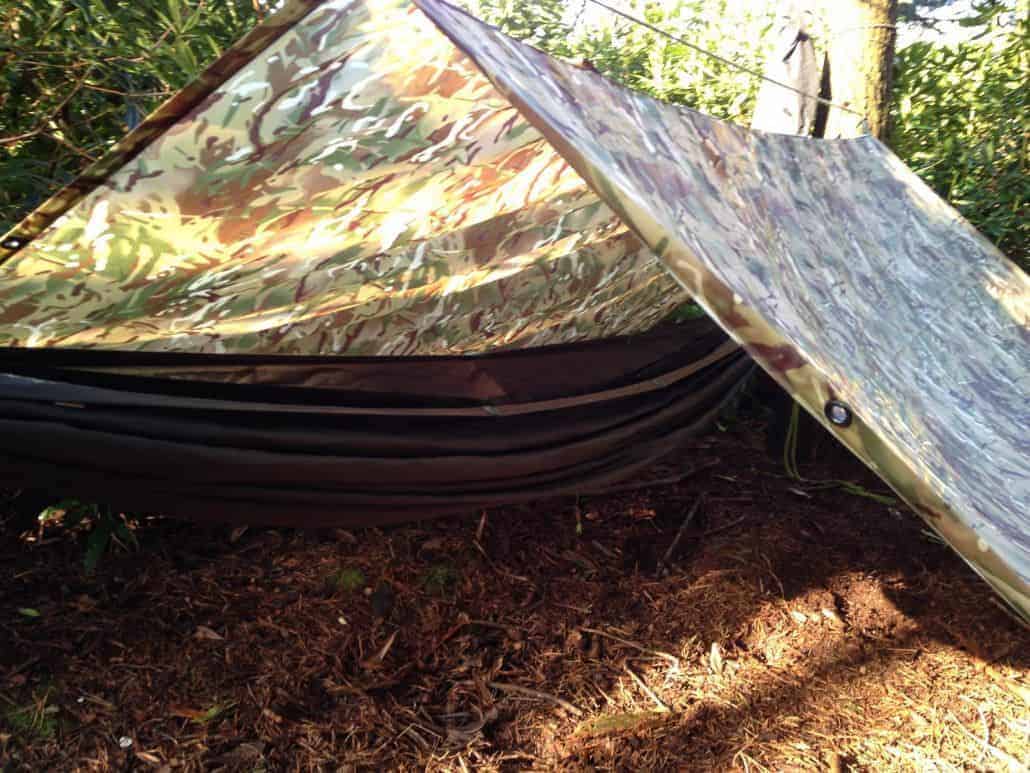
Understanding how your sleeping kit works helps you to maximise its warmth. Essentially, your sleeping kit is made up of your sleeping bag and a sleeping mat of some kind, we’re not going to cover tents, tarps or bivvy bags in this blog. We will look at sleeping bags in more detail later in this blog but this section shall focus on the general details.
-
Sleeping mat
Sleeping mats provide two essential elements of a good night’s sleep – comfort and insulation. Insulation is provided by keeping your sleeping bag, and therefore your body, away from the ground as no matter what the temperature the ground is going to be colder than the air around it and, obviously, colder than your body temperature.
-
Closed cell foam mats
These are the typical ‘Karrimat’ style sleeping mat. They are pretty inexpensive and by and large indestructible. They are also very well suited to cold conditions as they do not compress easily. In very cold weather they are best used in combination with a self-inflating or blow up mat.
-
Self-inflating mats
These mats work with a combination of foam inside an air-tight pocket. The valve, when opened, lets air in and inflates the mat. Mats that you blow up work in the same principle but without the valve.
-
Insulation
When a warm surface, in this case, your body, comes into contact with a colder surface heat is conducted away from the warm surface. So in the case of camping, particularly in colder weather, the ground will slowly take heat away from your body. Mats of all types, closed cell foam mats, self-inflating, blow-up, provide insulation from the ground reducing the speed at which heat is conducted away from your body.
-
Sleeping bag
Your sleeping bag works by trapping air between your body and the outside world. We will look at how to maximise the warmth of this air later. This trapped air is what keeps you warm, it is for this reason that it is important to look for a sleeping bag that has a good baffle, this is the piece of the sleeping bag inside the hood which can be tightened around your neck to trap the air in.
-
Pressure points
When your sleeping the parts of the sleeping bag under your back and shoulders are compressed. This flattens the fill of the sleeping bag and reduces its effectiveness. This is why the mat underneath you needs to be good enough to keep all parts of your body away from the colder ground.
-
Understanding temperature ratings
Sleeping bags typically have temperature ratings that are as follows; comfort rating, limit temperature and extreme temperature. The comfort rating is the temperature at which the bag can comfortably be used, the limit temperature is the temperature at which a person can use the bag, in a curled up position without feeling cold. The extreme temperature rating should not be used as a guide when choosing a sleeping bag, as it is the maximum temperature at which the bag can be used without occurring extreme cold injuries, hypothermia or, death. The majority of popular commercial sleeping bags use the EN ISO 23537 system.
-
Choose the sleeping bag that you need
When it comes to maximising the effectiveness of your sleeping kit it is important to choose the sleeping bag that you need. Sleeping bags that have a lower comfort rating are typically heavier. Therefore you need to balance warmth against weight. If you’re mostly camping out in the UK summers then there is no need to have a bag that goes down to – 22.
-
Clothing
Wearing a thermal insulating layer in your sleeping bag can help you to keep warm. Understanding this enables you to take a lighter and lower rated sleeping bag particularly in the early Spring and Autumn months where the temperature can fluctuate wildly. Don’t wear the clothes that you have been walking in the sleeping bag, they are likely to be damp through sweat and dirt. A dirty sleeping bag is less effective than a clean one. Remember also to protect your extremities, wear socks and gloves to protect your hands and feet.
LEARN HOW TO USE AN AXE, BUILD SHELTERS, LIGHT FIRES AND MORE ON OUR IOL ACCREDITED WEEKEND BUSHCRAFT COURSE.
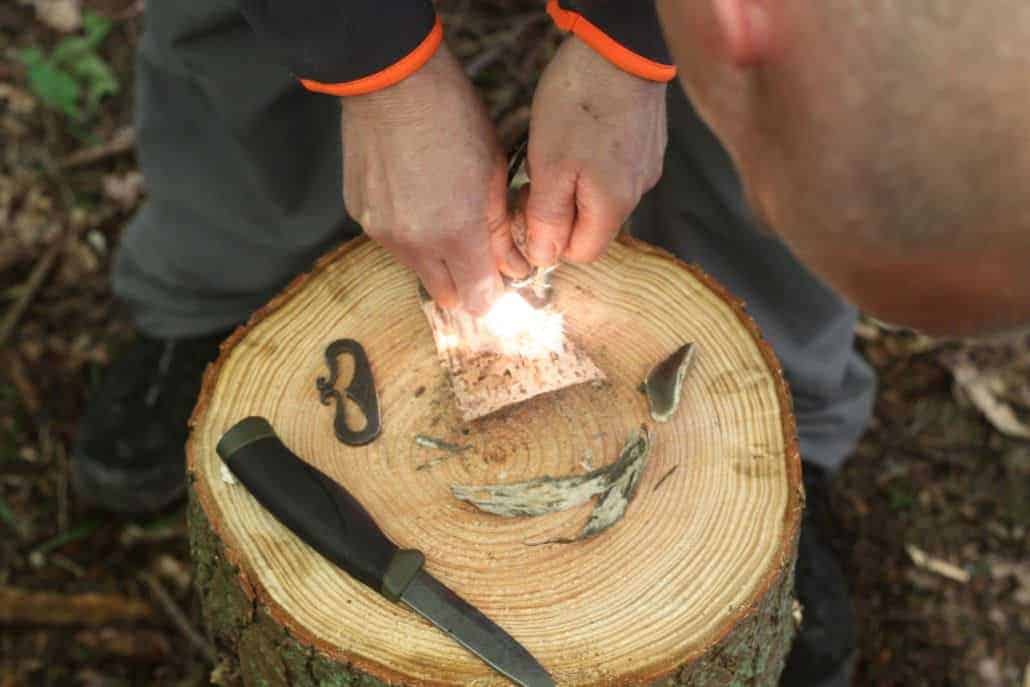
Warming your sleeping bag
Understanding how your sleeping bag works enables you to use a lighter weight, less warm bag, while still being comfortable. One of the most common misconceptions when it comes to sleeping bags is that they warm you. The reality though is that you warm the air trapped in the sleeping bag, this air in turn is what keeps you warm.
Ensure that the air is trapped in
Use the baffle of the sleeping bag, the padded part of the bag close to your neck, and the hood of the bag in order to trap the air in. It is important to do this in order not to create a bellows type effect, where the hot air is pushed out and the cold air sucked in.
Use a hot water bottle
There’s no need to take an actual hot water bottle with you, a metal water bottle can be filled with heated water, placed in a sock and put in your bag before sleeping. If you have the water and the fuel to spare this is an excellent way of keeping the bag warm. If you’re camping somewhere where you can have a campfire then simply fill the bottle with water and place it close to the fire.
Down vs Synthetic
Ah down vs synthetic, it’s an age old debate. The correct answer, when it comes to which should you choose a down bag or a synthetic bag, is whichever one suits you. There are some key differences and considerations when it comes to down and synthetic bags which we will explain in the following section (if you’re going for down though make sure that it is ethically sourced).
Down bags
Typically down bags are lighter weight for warmth than synthetic bags. They compress down further than synthetic bags and are typically better at wicking than synthetic bags, therefore making them better in the summer months.
Synthetic bags
The key difference between down and synthetic bags is that synthetic bags are better in damp or wet conditions. When wet or damp down bags will typically lose the majority of their thermal properties, synthetic bags, however, will retain more of their thermal properties. They also tend to be cheaper than down bags.
LEARN HOW TO USE AN AXE, BUILD SHELTERS, LIGHT FIRES AND MORE ON OUR IOL ACCREDITED WEEKEND BUSHCRAFT COURSE.
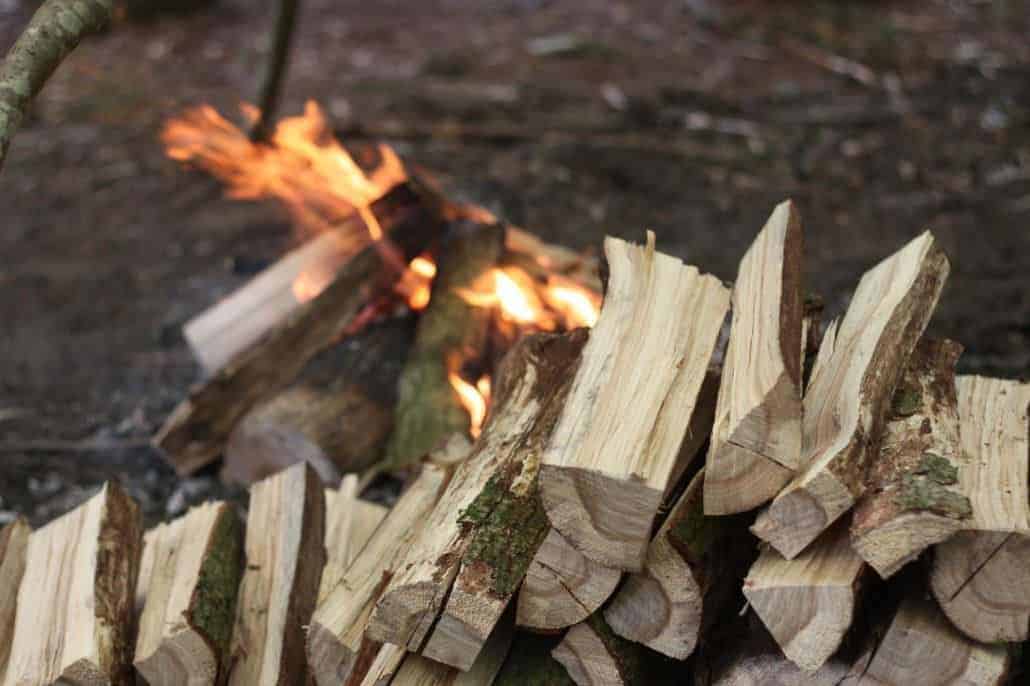
Kit
We’ve mentioned some kit above and aren’t going to touch upon it here. When it comes to sleeping kit though it is a matter of personal choice and finding out what works for you. What’s outlined below is a brief run through of our choices of knives, axes and tarps.
- Fallkniven DC4
This diamond/ceramic whetstone is perfect for use in the field.
https://www.fallkniven.com/en/knife/dc4/ - Knives
Wildway Bushcraft uses Bear Blades.
“Constructed from superb quality D2 steel this knife is ideal for bushcraft and wood crafting. Our most popular knife due to its versatility and functionality, suited to tough daily use in the woods.”
http://bearblades.co.uk/ - Gransfors Bruk Small Forest Axe
Wildway Bushcraft uses a small forest axe from Gransfors Bruk. You can find out more information about Gransfors Bruk via the link below.
https://www.gransforsbruk.com/en/product/gransfors-small-forest-axe/ - DD 3×3 Tarp
The DD 3×3 Tarp is a classic of the camping world. You can read our review of it here.
The tarp can be found online via DD Hammocks at the link below.
https://www.ddhammocks.com/

